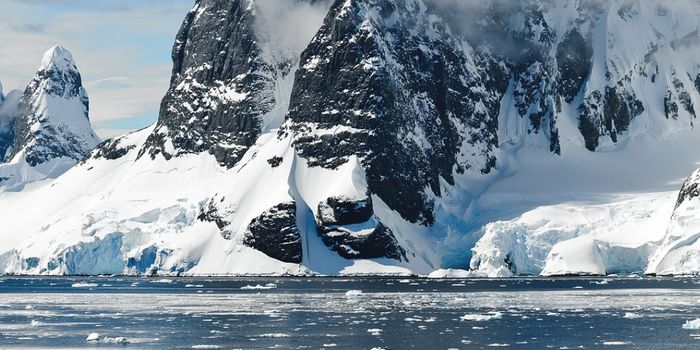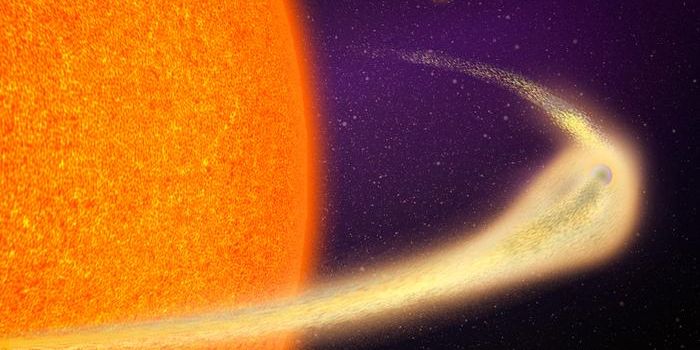Sentinel-6 Michael Freilich will extend sea level monitoring
Days ago, a new satellite was launched from Space Launch Complex 4E at Vandenberg Air Force Base in California with the task of collecting more details on sea-level change. The US-European satellite, Sentinel-6 Michael Freilich, will add to an already extensive dataset that has been monitoring sea levels from space for almost thirty years.
"The Earth is changing, and this satellite will help deepen our understanding of how," said Karen St. Germain, director of NASA's Earth Science Division. "The changing Earth processes are affecting sea level globally, but the impact on local communities varies widely. International collaboration is critical to both understanding these changes and informing coastal communities around the world."
Sentinel-6 Michael Freilich measures about the size of a small pickup truck. Since its lift-off, it has since arrived in orbit and is currently performing a series of checks and calibrations before it can begin recording data.
"The data from this satellite, which is so critical for climate monitoring and weather forecasting, will be of unprecedented accuracy," said European Organisation for the Exploitation of Meteorological Satellites Director-General Alain Ratier. "These data, which can only be obtained by measurements from space, will bring a wide range of benefits to people around the globe, from safer ocean travel to more precise prediction of hurricane paths, from greater understanding of sea level rise to more accurate seasonal weather forecasts, and so much more."
In addition to measuring sea levels for almost the entire globe, Sentinel-6 Michael Freilich will also take atmospheric measurements that will provide critical information to keep climate models up to date and improve weather forecasts. It will eventually replace the Jason-3 satellite as the primary satellite monitoring sea level.
This mission documents the first international involvement in the European Union's Earth Observation Programme, Copernicus. "This mission is the very essence of partnership, precision, and incredible long-term focus," said Michael Watkins, director of NASA's Jet Propulsion Laboratory in Southern California, which manages the mission. "Sentinel-6 Michael Freilich not only provides a critical measurement, it is essential for continuing this historic multi-decadal sea level record."
Sources: Science Daily, NASA/Jet Propulsion Laboratory









